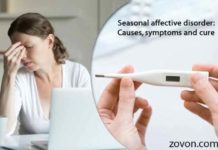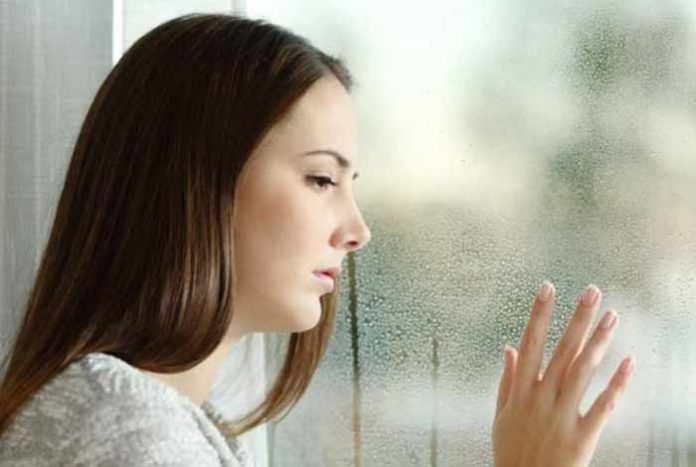
Seasonal Affective Disorder (SAD) is a type of depression which hits people during a particular season. People with SAD mostly observe symptoms in the fall which continue into the winter. SAD affected individuals feel moody and drained of energy. People have less enthusiasm to participate in daily activities of life and feel sleepy most of the time. SAD is not very common in summer or spring. However, some people may still face SAD in these months too. Even though SAD can affect almost anyone, women are more prone to getting it. It comes and goes on its own with seasonal changes. It is also more commonly seen in young people and those who live in areas that are farther away from the equator. That is, it is common in areas where days are shorter and not much sunlight is received during the winter months.
SAD is a recognized mental disorder. Many of us get affected by seasonal changes. We all feel more energetic and lively when the sun is shining brightly, and the days are longer while in winters we mostly find ourselves eating more and curling up in the blanket. These changes are not a matter of concern normally but in case of people with SAD these changes have a severe impact on mood and energy levels and lead to symptoms of depression that may hinder their day to day activities. It is an effort for a SAD patient to rise up in the morning and engage in daily life chores. Further SAD is more common in countries like the U.K. As in these regions there are diverse changes in weather and daylight hours in various seasons.
SAD is also known as winter depression. This is because symptoms are more apparent and more severe during winters. Symptoms start in the autumn as days become shorter and shorter. The months in which it is most common are December, January and February. The symptoms of this condition occur during the same time period every year. It affects 2% of the population in the U.K. The symptoms usually crop up for the first time when the person is in 20s. However, it does not mean that children cannot get affected by the condition. It is just that they have lesser chances of having the condition. There are many treatments that can be tried to help ease the symptoms. There is no particular diagnosis for this condition.
SAD is mostly related to daylight and has little to do with temperature. Lack of sunlight results in production of a chemical called Melatonin in our body and this Melatonin is believed to cause depressive symptoms and sleep disorders. If you see symptoms only in one winters, you may not be having SAD. For SAD to occur some criteria have to be met like:
- Symptoms must be seen at least in the last two consecutive winters
- Seasonal depressive episodes must be more in number than non-seasonal depressive episodes.
It has been estimated to affect 10 million Americans. Around 10-20% of the population has mild SAD. As compared to men, women have four times higher chances of having this condition. It generally afflicts people in the age range of 18 -30. Symptoms may be severe enough that may affect the quality of their life. About 6%of the people affected by SAD may require to be hospitalized. Family history of alcohol abuse or a major psychiatric disorder increases the likelihood of having SAD.
Types and Symptoms of Seasonal Affective Disorder
Types of SAD:
There are two types of SAD — Fall onset SAD and Summer onset SAD. The fall onset type is also called as Winter Time Depression and is more recognized. With less sunlight during these seasons, people who are predisposed to depression may have greater likelihood of developing an episode of SAD.
 Symptoms of Seasonal Affective Disorder:
Symptoms of Seasonal Affective Disorder:
Common Symptoms of SAD include:
- Low self-esteem
- Depressed mood
- Loss of interest and pleasure in daily activities
- Aches and pains with their roots in psychology of the individual
- Feeling anxious, angry, and stressed
- Difficulty in concentrating
- Alterations in sleeping patterns
- Decreased libido or reduced drive for sex
- Feeling fatigued or energy less
- Use of comfort foods; cravings of carbohydrates resulting in eating more
- Using drugs and alcohol
- Persistent feelings of sadness and hopelessness
- Wanting to remain aloof
- Lack of social interaction
- Unexplained gain or loss of weight
- Weakening of immune system
- Irritability
- Feelings of guilt, shame and worry
- Episodes of tearfulness
- Slowing down of movements and speech
- Thoughts of death or attempts of suicide.
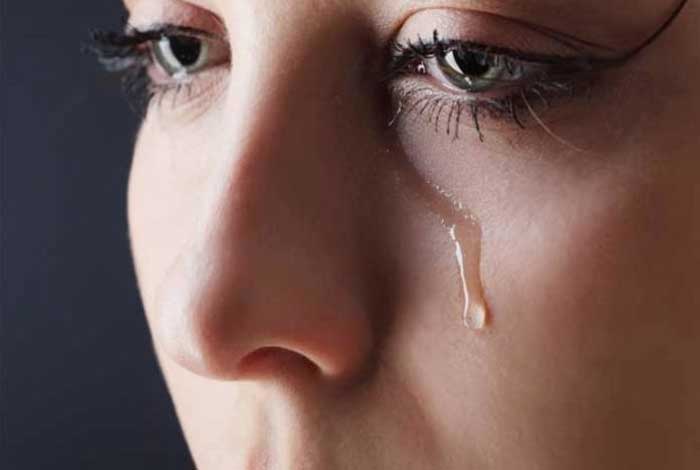
Risk Factors of Seasonal Affective Disorder
A combination of psychological, biological and social factors may contribute to SAD. Some factors are:
- Deprivation of light
- Stress
- Hormonal changes due to physical conditions
- Biological factors which are unique to the individual
- Early childhood trauma
- Gender: Females are more prone to having SAD
- Location: Regions which are located away from the equator, towards the poles have more risk of acquiring the condition
- Family History: The condition runs in families. If some family member has other types of mental disorder, then the chance of developing SAD is quite high.
- Bipolar Disorder: People with reverse SAD have bipolar.
 Do I have Seasonal Affective Disorder?
Do I have Seasonal Affective Disorder?
SAD can produce different physical and psychological symptoms. Symptoms can be similar to winter blues. However, if they become more chronic and start disrupting your life in terms of you not being able to completely take part and enjoy the daily activities of life, then they are most likely symptoms of Seasonal Affective Disorder. If the following feelings occur during particular times of the year and improve when the season changes, then you may be having SAD.
- Most of the times you feel tired and are unable to carry out your daily activities
- You experience change in your appetite and have strong cravings for carbohydrates and sugary foods
- You want to sleep all the time and have to literally drag yourself out of bed every morning
- Feel sad, hopeless, guilty and look down upon yourself
- You do not enjoy social interactions and have lost interest in activities that once you used to enjoy
- Feel irritable, tense and stressed.
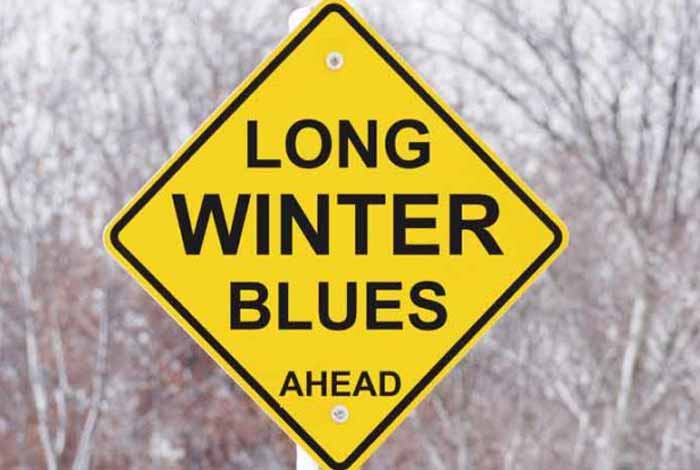
Causes and Prevention of Seasonal Affective Disorder
Causes of Seasonal Affective Disorder:
The exact neurological cause of this condition is still not known. However, it is speculated that the areas of brain responsible for regulating mood whose functioning depends on the neurotransmitter Serotonin may not operate properly during episodes of SAD. The production of hormones in the brain may be affected by exposure to sunlight which in turn contributes to development of SAD and its symptoms.
Circadian rhythm- We all have an internal body clock that guides us as to when to fall asleep and when to be awake. Less sunlight in winter disrupts our circadian rhythm and causes depressive symptoms known as SAD.
Melatonin levels: It is a hormone that affects our sleep pattern and mood. During winters, there is less sunshine and reduced exposure to sunlight as the days become shorter which results in overproduction of melatonin, the sleep hormone. Serotonin levels, which are associated with our mood and feelings of well-being, also drop in people with SAD during winters and this imbalance in the hormones is believed to induce SAD in patients.
 Prevention of Seasonal Affective Disorder:
Prevention of Seasonal Affective Disorder:
- Increase your exposure to sunlight: This will help boost levels of Vitamin D which is what the body is craving during winters. Vitamin D deficiency is associated with triggering the symptoms of seasonal affective disorder
- Exercise: You may be tempted to hibernate until springtime. Women generally don’t move much in the winters burning as less as 10% calories than what they do in summers. Burning calories is not only good for health but also beats the blues.
- Go big on fruits and veggies: Those who eat veggies and fruits are less likely to get anxious or depressed and suffer from mental disorders. These foods decrease your chances of getting depressed.
- Chamomile supplement: According to a research conducted by University of Pennsylvania chamomile supplements can ease away symptoms of anxiety and depression.
- Take up a hobby: Having something to look forward to will enhance your mood when you are down in the doldrums in winter season. Do some helping work like collect coats for the poor, work at an animal shelter etc. Philanthropic work is a mood booster.

Diagnosis and Tests of Seasonal Affective Disorder
It may sometimes be difficult to tell apart SAD from other types of depression as symptoms closely resemble each other. For diagnosing, you will be asked:
- If you have been depressed during the same season and got better as season changed for at least 2 years consecutively.
- If you have symptoms of SAD like being very hungry with cravings for special types of foods, gaining weight and sleeping more often than usual.
- If there is someone in the family with SAD- a parent, sister etc.
You may be required to undergo blood tests for ruling out conditions that can cause similar symptoms like hypothyroidism or low thyroid. Your doctor may also conduct a mental health assessment to evaluate how you think, feel, reason and remember.
A thorough examination may be carried out by the doctor for diagnosis of SAD. It includes:
- Physical Exam: You may be asked in-depth questions about your health and wellbeing Depression in some cases, may be linked to an underlying physical cause.
- Psychological Tests: You may be asked to fill out a questionnaire to jot down your feelings, behavior patterns.

Treatment and Care of Seasonal Affective Disorder
Treatment of Seasonal Affective Disorder:
Although the symptoms generally go away on their own, as season changes, yet treatments can help you feel better sooner and sometimes may even prevent the condition from coming back. Some treatments are discussed below:
- Light Therapy: It is also called as phototherapy. The patient is made to sit in front of a lamp that emits up to 10,000 lux of fluorescent light which is up to 20 times brighter than most indoor lights. According to researchers, light helps in generating more serotonin which greatly affects the mood. The patient is made to sit 12-18 inches away in front of light for half an hour each day. Phototherapy can cause headaches, nausea and blurred vision. But side effects are not intense and do not last for a long time.
- Medications: Antidepressants known as SSRIs (Selective Serotonin Reuptake Inhibitors) are choice of drugs for SAD. SSRIs are the most often prescribed type of drugs. Some medicines are listed below:
- Citalopram (Celexa)
- Sertraline (Zoloft)
- Paroxetine (Paxil)
- Fluoxetine (Prozac)
- Escitalopram (Lexapro)
Approval has also been given to another class of antidepressants called as bupropion for treating SAD. This can be taken if don’t want the side effects of SSRIs to affect you like weight gain and decreased libido.
- Talk Therapy: If the above-mentioned treatments do not seem to work, you may be advised to start psychotherapy. One common type is CBT that is cognitive behavioral therapy. Talk therapy may help you by making you learn behavior skills like engaging in some pleasurable activity in winter days. It can also help you look out for negative thought patterns and replace them with positive thoughts. Not only this, talk therapy will also help you manage stress.
Caring for People with Seasonal Affective Disorder:
- Increase the exposure to daylight: Make your house brighter. Keep the windows and blinds and curtains open during the day so that outside light can creep in. Use bright colors on walls. If possible, sit near the windows so that you can take maximum benefit of the daylight.
- Make the patients perform activities they enjoy: Patients can participate or volunteer in activities they enjoy. You can accompany them outdoors so that the light received through the eyes can lift the patient’s mood and spirit.
- Take the patients for counseling sessions: Counseling resources that offer individual therapy and psychological services may be of help. It is important that the patient receives highest quality of psychological health services in a timely and sound manner.
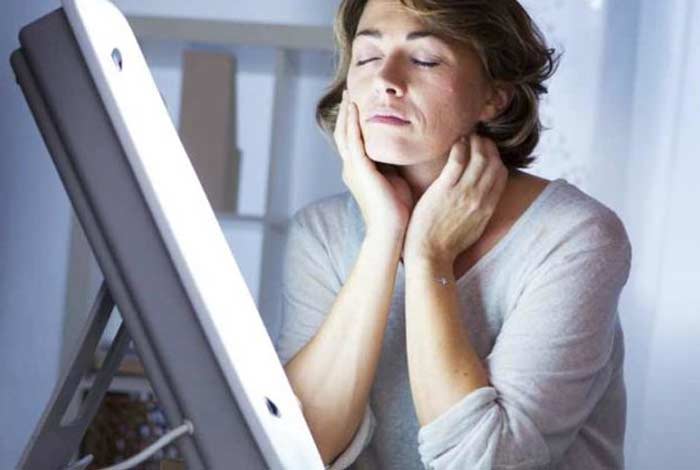
OTC Medications and Self-Management Methods for Seasonal Affective Disorder
OTC Medications for Seasonal Affective Disorder:
As such, there are no over the counter medications available for Seasonal Affective Disorder. There are prescription drugs available like Wellbutrin XL, Budeprion XL, Bupropion.
Self-Management Methods for Seasonal Affective Disorder:
- Get Natural Light: If you get outside, it will activate your brain and make you feel more energetic. Daily natural light brings about a positive change in mood
- Ensure proper intake of vitamins and minerals: Make sure you stay away from carbs as it will lead to weight gain which will make you even more depressed.
- Exercise and be social: Exercise works as an anti-depressant. If you become social along with exercising, it will boost your mood and help you with effectively managing your seasonal affective disorder or SAD.
- Consider taking medicines: If nothing seems to work, take medications. There are many SSRIs available that help improve SAD considerably.
- Sleep: Poor sleep leads to symptoms of depression and it is a vicious cycle as depression further leads to poor sleep. So, in order to have good mental health try and go to bed at the same time every night and wake up early in the morning. Do not nap too much. If at all you feel like napping, it must not be more than half an hour.
- Aromatherapy: It is the use of essential oils for healing purposes and it is beneficial for both physical and mental health. It triggers receptors in the brain and reduces levels of cortisol or stress hormone. It is believed that best scents for getting rid of the symptoms of SAD are lavender, bergamot, chamomile etc.
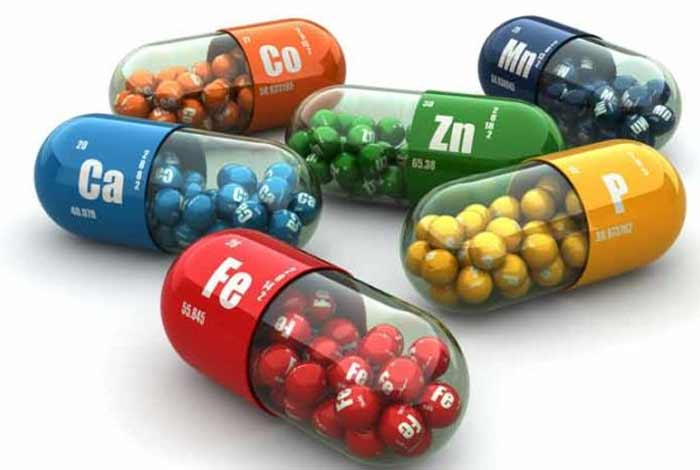
Natural Ways to Cure Seasonal Affective Disorder
- To help you lift your mood, you can take 40-60 drops of St. John’s Wort tincture in cold water. This herb has gained reputation as a mild depressant. According to studies, the components used in St. John’s Wort elevate the levels of mood hormone- serotonin. However, it has some drawbacks as well. One of the drawbacks of St. John Wort is skin sensitivity.
- Take multivitamin and minerals supplements: Consume supplements that contain vitamin B6, thiamine, folic acid. Studies show that these vitamins positively affect mood.
- Use Dawn simulator: Dawn simulators have been found effective in treating SAD. These devices are nothing but alarm clocks which do not wake you up with some music. Instead, they produce light that increases in intensity as if sun is coming up. These gadgets have been found to increase cognitive function as well as enhance mood.
- Talk Therapy: Research has established that cognitive behavioral therapy is effective in treating SAD. It is even more helpful than light therapy for treating SAD. A research was conducted over a period of six weeks for two consecutive winters. Light therapy and CBT were incorporated as treatment measures and their effectiveness was evaluated. In the first season, both CBT and Light therapy worked equally well. In the second season, however, CBT worked better and showed better result as compared to light therapy.
- Limit the use of alcohol and caffeine: It is best to avoid alcohol and caffeine. These may give you a temporary and short lift but in the long run, these may cause anxiety, muscle tension, and problems related to gastrointestinal tract. Alcohol is a known depressant which will make you feel low even more. Herbal tea is a better choice than caffeine.

Health Tip by Expert
If possible, take to trip to hotter or sunnier climate. Moving to such regions will make the symptoms disappear as SAD does not affect people residing in about 300 of the equator.

